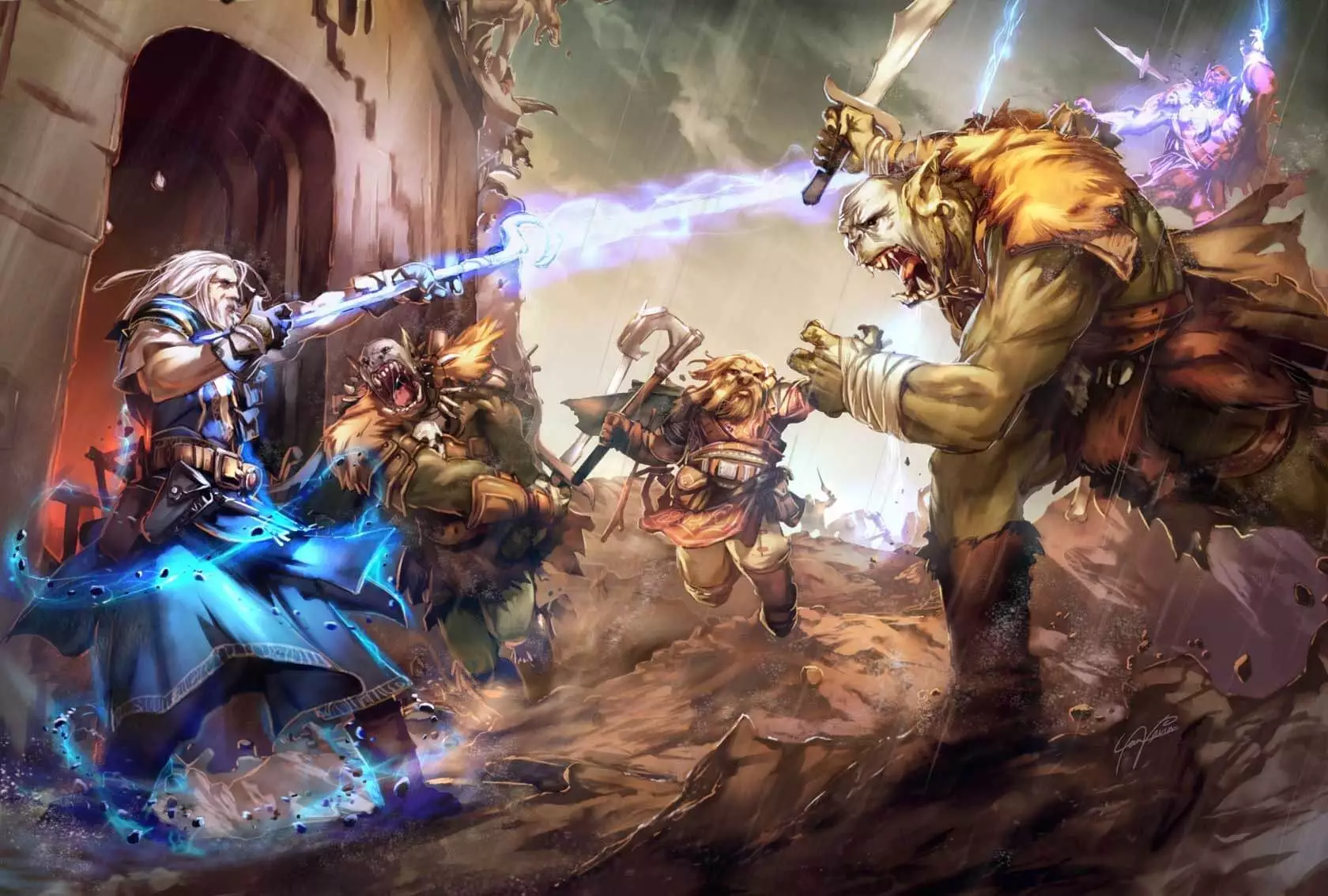Darkmantle
Darkmantle
Defense
Offense
Statistics
Ecology
A darkmantle's tentacle-span measures just under 5 feet- when attached to a cave roof and disguised as a stalactite, its length varies from 2 to 3 feet. A typical darkmantle weighs 40 pounds. The creatures' heads and bodies are usually the color of basalt or dark granite, but their webbed tentacles can change color to match their surroundings. The darkmantle isn't a particularly good climber, but it can cling to a cave roof like a bat, hanging by the hooks at the ends of its tentacles so that its dangling body looks nearly indistinguishable from a stalactite. In this hidden position, the darkmantle waits for prey to pass beneath, at which point it drops and swoops down to attack its victim, slamming its body against the foe and attempting to wrap its webbed tentacles around the target. If the darkmantle misses its prey, it swoops back up and drops again until its prey is vanquished or the darkmantle is grievously injured (in which case the creature flutters back up to the roof to hide and hope its "prey" leaves it alone). The darkmantle's inborn ability to cloak the area around it in magical darkness gives it an additional advantage over foes that rely upon light to see. Darkmantles prefer to dwell and hunt in the caves and passageways that are closest to the surface, as these tend to possess more traffic for the monsters to feed upon. Yet they do not confine themselves to these dark caverns, and can sometimes be found dwelling in ruined fortresses or even in the sewers of bustling cities. Anywhere food is plentiful and there's a ceiling to cling to is a possible den for a darkmantle. A darkmantle's life cycle is swift-young grow to maturity in a matter of months, and most die of old age after only a few years. As a result, generations of darkmantles quickly accrue, and over the years the evolution of these creatures is similarly swift. In this manner, a cavern's ecosystem can have a signif icant effect on a group of darkmantles' appearance, abilities, and tactics. Aquatic caverns might develop darkmantles that can swim, while those beset with volcanism might generate darkmantles with a resistance to fire. Other darkmantle variants might develop much stonier hides, and instead of swooping down to crush prey might simply drop and pierce them through with their stalactite-like lengths. The deepest, darkest caverns are rumored to host darkmantles of incredible size, capable of smothering multiple human-sized foes at once in their leathery folds.
